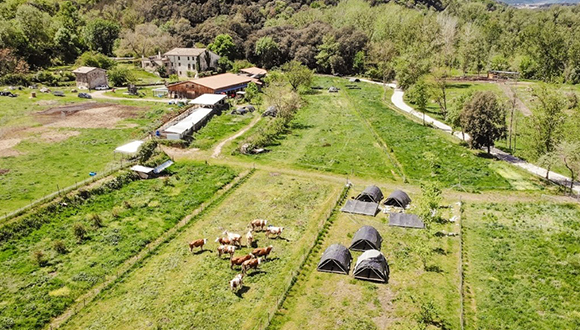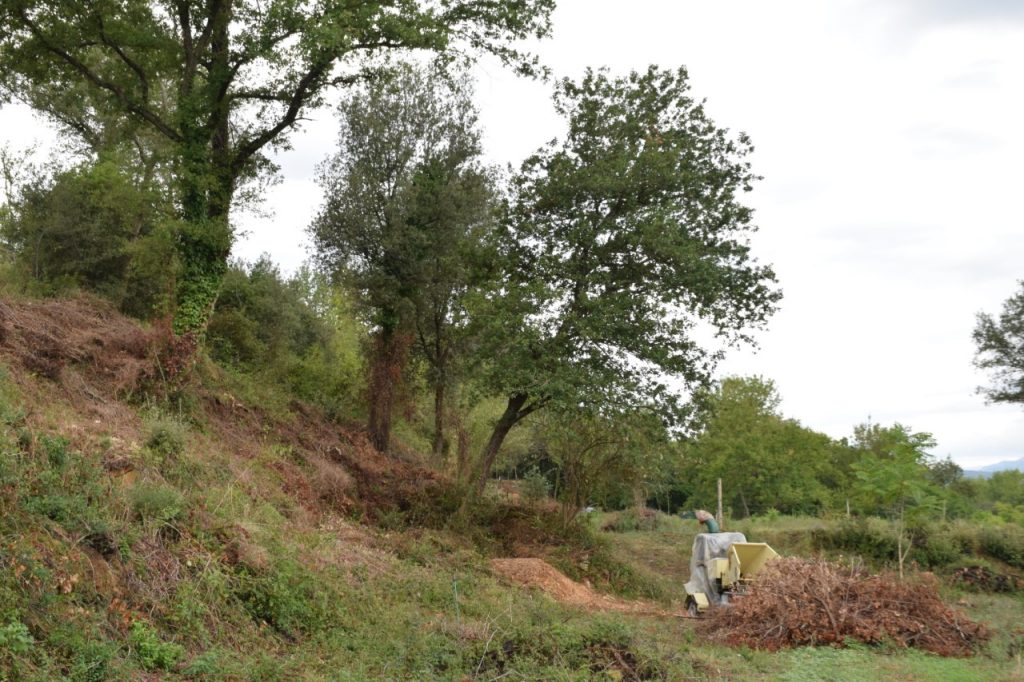
HOW CAN AGRICULTURE CONTRIBUTE TO REDUCING CLIMATE CHANGE?
The soil is not only an essential element in agricultural and livestock production, but also has a key role in storing atmospheric carbon. A soil rich in organic matter is a fertile soil and capable of sequestering atmospheric carbon.
The most worrying is that, according to the 2012 report of the European Environment Agency, 45% of European soils have a very low organic matter content and 45% have a medium-low content. As a consequence, the land in Europe, especially in southern countries, is not very attractive for farmers and there is more and more agricultural abandonment.
One way to solve this problem is regenerative agriculture. This type of agriculture focuses on recovering the organic matter content of the soil in a way that respects the environment.

Photo of the FRW at Planeses. Author: J.Luis Ordóñez
In fact, according to the international Drawdown project, regenerative agriculture is the eleventh most effective solution to fight climate change. Drawdown is a worldwide organization with a scientific background that analyzes and identifies the most viable climate solutions to reduce CO2.
Within this framework, Polyfarming proposes a series of agricultural techniques based on regenerative agriculture. The techniques are focused on improving the structure, fertility and water retention capacity of the soil in the long term.
The project is carried out in Planeses, a farm located in La Garrotxa. There, forest, crop and livestock resources are combined to recover a fertile and profitable soil.
The forest is key to restore soil fertility
The forest stores CO2 as biomass, if its wood does not degrade, the CO2 will not return to the atmosphere. At Polyfarming, tree trunks and branches are used to produce biochar, FRW and crops on a bed of trunks. These techniques, in addition to improving soil fertility, sequester atmospheric carbon underground in significant amounts.
